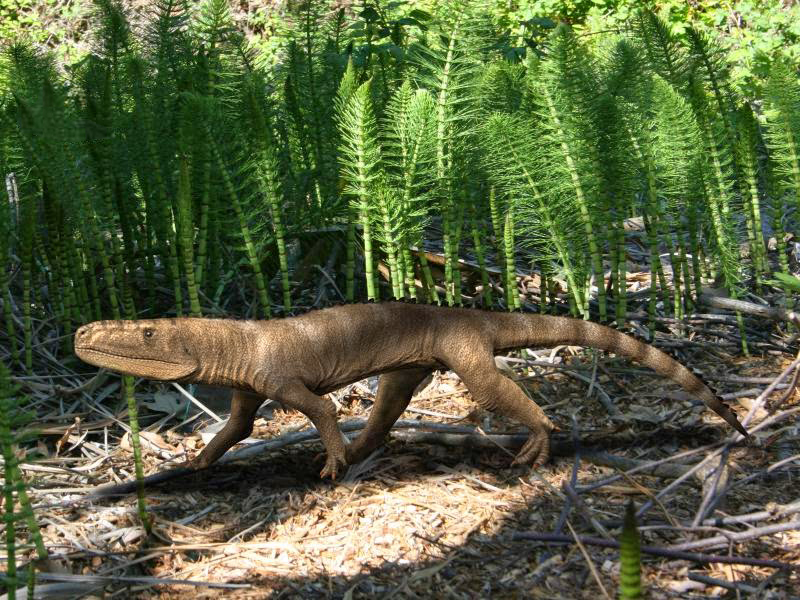In the realm of paleontology, few controversies have sparked as much scientific debate as the relationship between Triceratops and Torosaurus. For decades, these iconic horned dinosaurs were classified as distinct genera that lived during the Late Cretaceous period. However, in 2010, a contentious hypothesis emerged suggesting that Torosaurus specimens might actually represent mature Triceratops individuals, challenging our understanding of dinosaur growth and classification. This ongoing scientific debate has divided experts, inspired new research methodologies, and continues to evolve as fresh evidence emerges from the fossil record.
The Traditional Classification: Two Distinct Dinosaurs
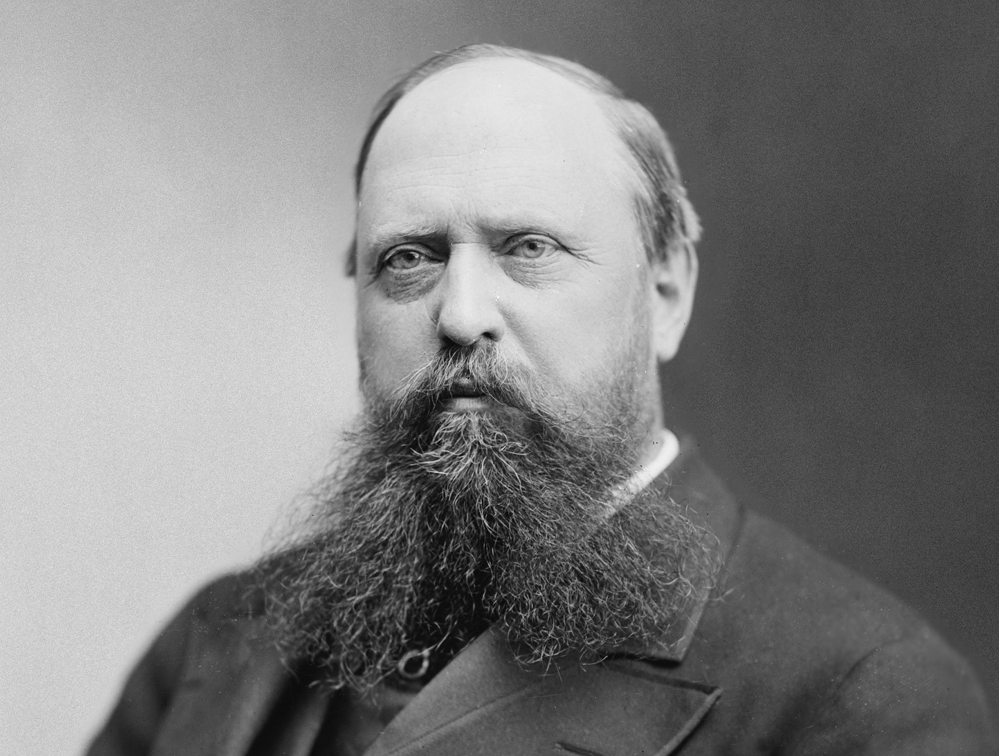
Traditionally, paleontologists classified Triceratops and Torosaurus as separate genera within the ceratopsid family of horned dinosaurs. Triceratops, meaning “three-horned face,” was first described in 1889 by Othniel Charles Marsh and is characterized by its three facial horns and relatively solid, rounded frill extending from the back of its skull. Torosaurus, meaning “perforated lizard,” was also named by Marsh just two years later and features a longer, thinner frill with distinctive large openings or “fenestrae.” Both dinosaurs inhabited western North America during the final stages of the Cretaceous period approximately 68 to 66 million years ago, becoming extinct during the K-Pg mass extinction event alongside all non-avian dinosaurs. Their similar geographic range and temporal overlap initially raised few questions about their taxonomic relationship, as many dinosaur species coexisted in the same ecosystems.
The Controversial Hypothesis: One Dinosaur, Different Growth Stages
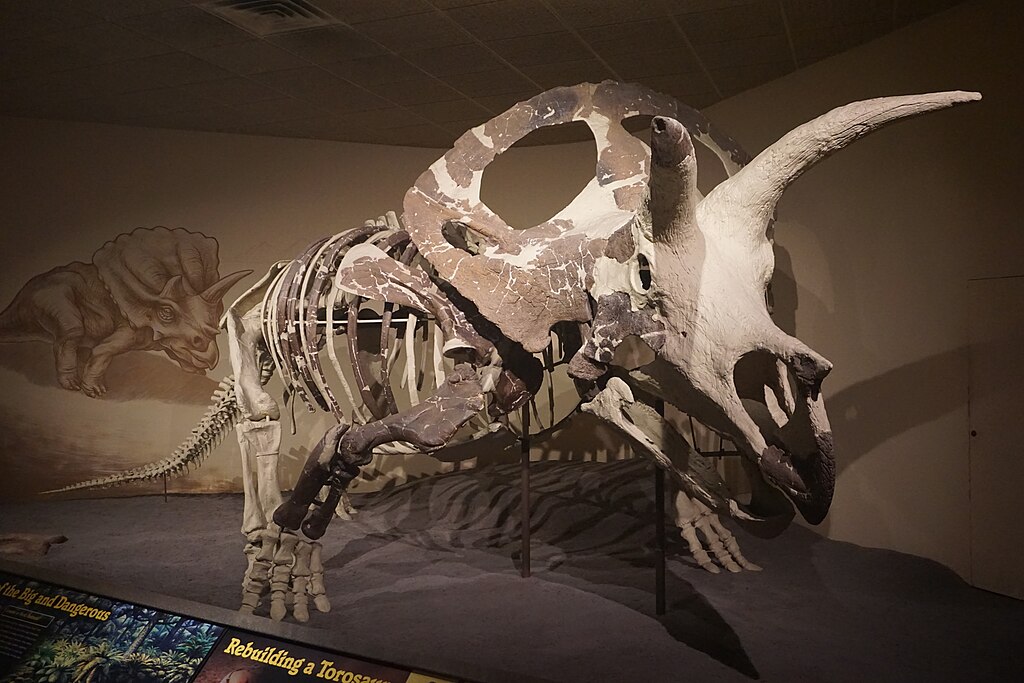
In 2010, paleontologists John Scannella and Jack Horner from Montana State University published a groundbreaking paper in the Journal of Vertebrate Paleontology proposing that Torosaurus specimens were actually mature Triceratops individuals. Their hypothesis suggested that as Triceratops aged, its solid frill thinned out and eventually developed the characteristic holes seen in Torosaurus specimens. They based this conclusion on several observations, including the larger size of Torosaurus specimens, the thin nature of the frill bone in Torosaurus compared to Triceratops, and the absence of juvenile Torosaurus specimens in the fossil record. This “ontogenetic” hypothesis (relating to growth and development) challenged over a century of established taxonomy and suggested that instead of two separate dinosaur genera, we might be looking at different life stages of the same animal. If proven correct, this would require the elimination of Torosaurus as a valid taxon, as Triceratops had been named first and would have taxonomic priority according to scientific naming conventions.
Evidence Supporting the Single-Species Hypothesis
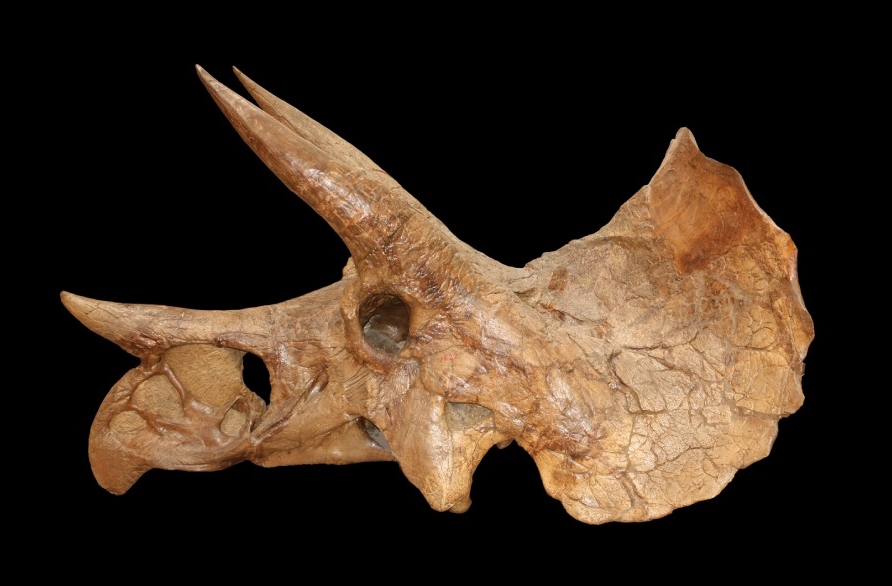
Proponents of the Scannella-Horner hypothesis point to several compelling lines of evidence suggesting Torosaurus and Triceratops represent the same animal. First, histological analyses of Triceratops bones show that known specimens represent animals of various ages, from juveniles to sub-adults, while Torosaurus specimens consistently demonstrate features of advanced age, including extensive bone remodeling and growth line patterns indicative of maturity. Second, intermediate specimens have been identified that appear to show transitional features between the two forms, with partial thinning or initial fenestra formation in the frill. Third, statistical analyses of skull morphology show a continuous rather than discrete distribution of features, suggesting a developmental sequence rather than separate species. Additionally, the hypothesis neatly explains why Torosaurus fossils are considerably rarer than Triceratops remains—if Torosaurus represents only the oldest individuals in a population, we would expect fewer specimens due to natural mortality patterns affecting the age structure of the population.
Evidence Against the Single-Species Hypothesis

Critics of the single-species hypothesis have marshaled substantial evidence suggesting Triceratops and Torosaurus remain distinct taxa. Paleontologist Andrew Farke of the Raymond M. Alf Museum of Paleontology analyzed numerous specimens and found that some Torosaurus individuals show signs of immaturity, contradicting the expectation that all should be fully mature if they represent elderly Triceratops. Other researchers have pointed out that the transformation from a solid Triceratops frill to a fenestrated Torosaurus frill would require extensive bone resorption and remodeling unprecedented among known dinosaurs or modern animals. The frill would need to not only thin dramatically but also expand in size and change shape significantly. Nicholas Longrich and Daniel Field of Yale University examined 35 specimens and found no clear transitional features between the two forms, suggesting distinct growth trajectories rather than a continuous development. Additionally, some anatomical differences between the two forms, such as the number of epoccipitals (bony projections along the frill margin), seem inconsistent with a simple growth series explanation.
Bone Histology: A Window into Dinosaur Growth
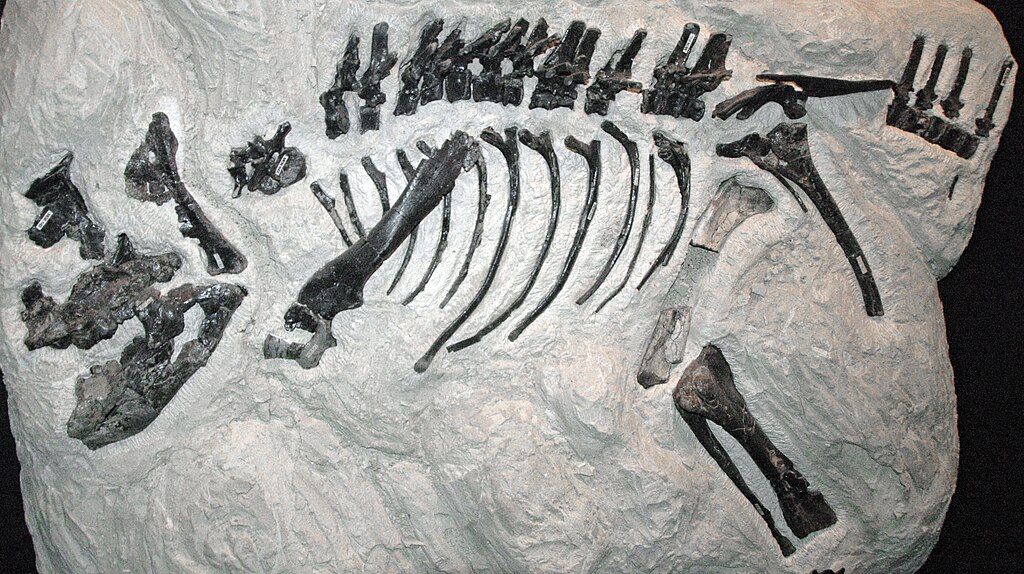
Bone histology—the microscopic study of bone tissue structure—has become a crucial tool in the Triceratops-Torosaurus debate. By examining thin sections of fossilized bone under a microscope, paleontologists can determine the relative age and growth stage of an individual dinosaur. Growth lines in bones, similar to tree rings, record annual cycles and can indicate whether an animal was still actively growing or had reached skeletal maturity. Histological studies of Triceratops specimens show a range of growth stages, from juvenile to sub-adult to adult individuals with slowed growth. Some researchers have noted that even the largest and presumably oldest Triceratops specimens still show evidence of active growth, suggesting they had not yet reached the terminal growth stage that would supposedly transform them into Torosaurus. Conversely, some Torosaurus specimens show histological features consistent with not fully mature individuals, challenging the hypothesis that they represent only the oldest Triceratops. These microscopic investigations continue to provide valuable data, though the interpretation of this evidence remains contentious among experts in the field.
Cranial Development and Ontogeny in Ceratopsians

Understanding how ceratopsian skulls changed during growth is central to resolving the Triceratops-Torosaurus question. Paleontologists have documented dramatic ontogenetic changes in the skulls of many horned dinosaurs, with juveniles often looking strikingly different from adults of the same species. In Triceratops specifically, researchers have identified a growth series showing how the horns initially point backward in juveniles before curving forward in adults, while the frill becomes proportionally larger and more ornate with age. However, the development of fenestrae (holes) in a previously solid frill would be unusual, as most known ceratopsian growth patterns involve changes in proportion and orientation rather than the complete remodeling of solid structures into perforated ones. Researchers studying other ceratopsians like Centrosaurus and Einiosaurus have found that while their frills change dramatically in shape and ornamentation during growth, the basic architecture (solid versus fenestrated) remains consistent throughout life. This observation has been cited by critics of the single-species hypothesis as evidence that Triceratops would be unlikely to develop Torosaurus-like fenestrae in old age.
Statistical Analyses and Morphometrics

Modern paleontological research increasingly employs sophisticated statistical methods to analyze dinosaur morphology, and these approaches have been applied extensively to the Triceratops-Torosaurus question. Geometric morphometrics—the quantitative analysis of shape—allows researchers to precisely measure and compare skull features across numerous specimens. Some studies using these techniques have found continuous variation between Triceratops and Torosaurus specimens, supporting the idea of a growth sequence. Other analyses, however, reveal distinct clusters of morphological features that appear to separate the two forms more discretely than would be expected in a simple growth series. A 2012 study by Leonardo Maiorino and colleagues analyzed 28 landmarks on 30 ceratopsid skulls and found that Triceratops and Torosaurus occupy different regions of morphospace, suggesting they followed different growth trajectories. Similarly, a discriminant analysis performed by Longrich and Field successfully distinguished between Triceratops and Torosaurus specimens based on multiple cranial features beyond just the frill structure, challenging the single-species interpretation. These statistical approaches continue to evolve as new specimens are discovered and analytical methods improve.
The Rarity Problem: Why Are Torosaurus Specimens So Scarce?
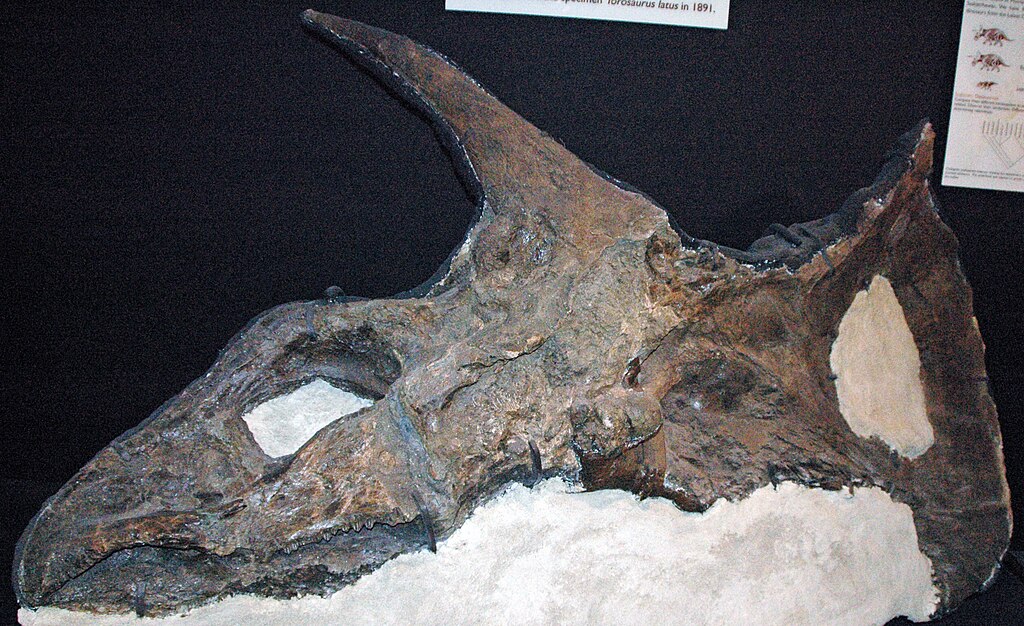
One intriguing aspect of the debate concerns the relative abundance of Triceratops versus Torosaurus fossils in the fossil record. Triceratops remains are among the most common dinosaur fossils found in Late Cretaceous North American formations, with hundreds of specimens known, while Torosaurus specimens are comparatively rare, with only about a dozen well-preserved skulls identified. Proponents of the single-species hypothesis argue that this disparity makes perfect sense if Torosaurus represents only the oldest Triceratops individuals—naturally, there would be fewer elderly animals in any population due to accumulated mortality over time. This argument follows established principles of population demographics, where younger age classes typically outnumber older ones in stable populations. Critics counter that the rarity might instead reflect genuine biological rarity of Torosaurus as a distinct species, perhaps occupying a specialized ecological niche or habitat that reduced preservation potential. They also note that sampling biases in paleontology can significantly affect apparent abundance patterns, and that certain formations or collecting localities might preferentially preserve or expose fossils of one type versus another.
Implications for Dinosaur Diversity and Classification

The Triceratops-Torosaurus debate carries significant implications for how we understand dinosaur diversity and classification systems. If Torosaurus specimens indeed represent mature Triceratops, it would reduce the recognized diversity of Late Cretaceous horned dinosaurs and suggest that paleontologists have historically overestimated ceratopsid diversity by inadvertently counting different growth stages as separate species. This phenomenon, known as taxonomic oversplitting, has been recognized in other dinosaur groups as researchers gain better understanding of growth-related changes in morphology. The debate also highlights the challenges inherent in defining species boundaries using fossil material, where sample sizes are limited and biological concepts like reproductive isolation cannot be directly observed. Some paleontologists have suggested that the Triceratops-Torosaurus case exemplifies a broader problem in dinosaur paleontology, where the field has traditionally emphasized differences between specimens to define new taxa rather than considering the possibility of variation within species due to factors like growth, sexual dimorphism, or individual variation.
Comparative Evidence from Other Ceratopsians
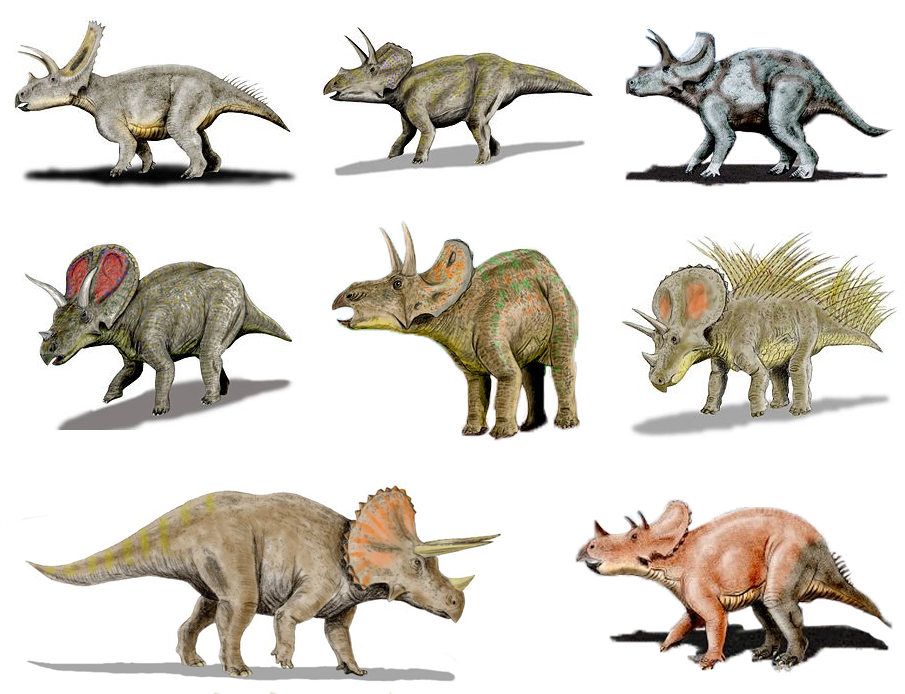
Insights from other horned dinosaurs have proven valuable in evaluating the Triceratops-Torosaurus hypothesis. The ceratopsid family includes numerous genera with well-documented growth series, providing useful comparative data. Centrosaurus, Pachyrhinosaurus, and Einiosaurus all show significant changes in horn configuration and frill ornamentation during growth, but none exhibit the dramatic shift from solid to fenestrated frills proposed for Triceratops. Among chasmosaurines (the subfamily including Triceratops and Torosaurus), genera like Chasmosaurus and Anchiceratops possess fenestrae throughout their known growth series, with juveniles and adults maintaining the same basic frill architecture despite changes in proportions. This pattern suggests that frill fenestration is typically a stable characteristic within ceratopsid taxa rather than a feature that develops in old age. However, proponents of the single-species hypothesis argue that Triceratops may have evolved a unique growth pattern not seen in other ceratopsids, perhaps related to its exceptionally thick frill that might have required longer development time to reach the fenestrated condition.
New Discoveries and Their Impact on the Debate
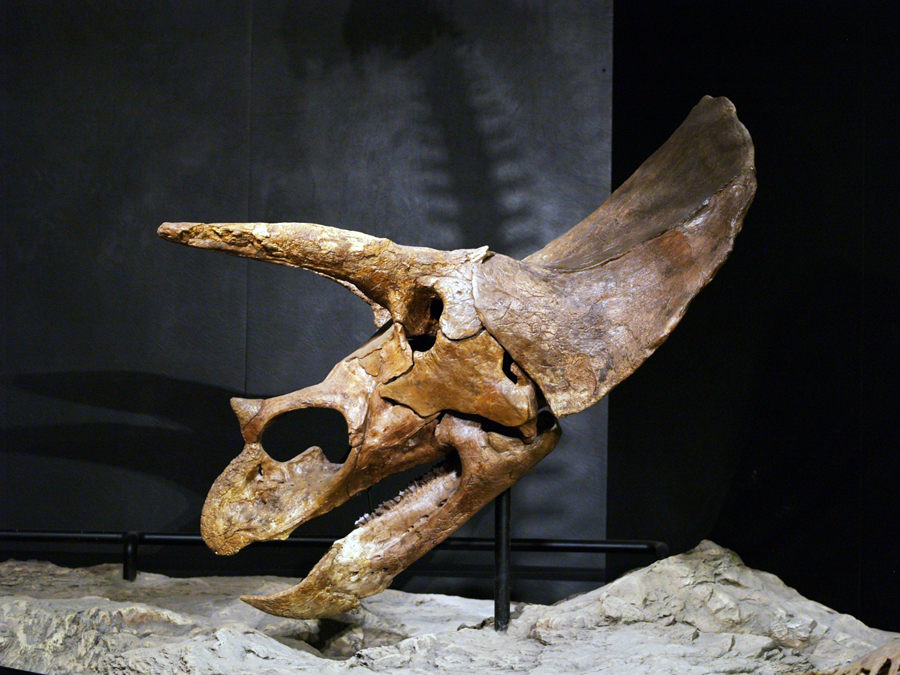
The discovery of new specimens continues to influence the Triceratops-Torosaurus debate in significant ways. In 2014, paleontologists described a remarkably complete Triceratops skull from the Hell Creek Formation that exhibits features previously thought exclusive to Torosaurus, including an unusually elongated frill, while maintaining the solid structure characteristic of Triceratops. This specimen suggests that certain “Torosaurus-like” features may appear in Triceratops independently of frill fenestration, complicating the simple growth series model. Another significant discovery came from the collection of the National Museum of Natural History, where researchers identified a Torosaurus specimen with incompletely fused skull elements and other indicators of skeletal immaturity, challenging the assertion that all Torosaurus specimens represent elderly individuals. In the field, targeted excavations now specifically seek specimens that might represent transitional forms between the two morphologies. Each new discovery has the potential to either strengthen or weaken the single-species hypothesis, demonstrating how paleontological debates evolve as the fossil record expands through continued exploration and collection.
Methodological Challenges in Resolving the Question

Resolving the Triceratops-Torosaurus debate faces several significant methodological challenges that have contributed to its persistence. First, the fossil record is inherently incomplete, making it difficult to establish a continuous growth series with confidence—gaps between known specimens might represent either missing developmental stages of one species or genuine distinctions between separate species. Second, taphonomic processes (those affecting fossils after death) often deform or damage specimens, particularly the thin, delicate frill structures central to this debate, creating ambiguity in morphological assessments. Third, sample sizes remain relatively small for statistical analyses, especially for Torosaurus, limiting the power of quantitative approaches to definitively resolve the question. Fourth, fossil collection practices historically favored complete, well-preserved specimens, potentially creating sampling biases that underrepresent transitional or intermediate forms. Finally, distinguishing between intraspecific variation (differences within a species due to growth, sex, or individual variation) and interspecific differences (between distinct species) represents a fundamental challenge in paleontology that lacks simple solutions. These methodological limitations mean that even as evidence accumulates, definitive resolution may remain elusive without exceptional new discoveries.
The Current Scientific Consensus: Where Does the Field Stand?

As of now, no firm consensus has emerged among paleontologists regarding the relationship between Triceratops and Torosaurus. The field remains divided, with respected researchers on both sides of the debate continuing to publish evidence supporting their respective positions. Many paleontologists have adopted a wait-and-see approach, acknowledging that current evidence allows for multiple interpretations and that additional specimens and analytical techniques may eventually provide more definitive answers. Museum exhibits and educational materials increasingly acknowledge the controversy, presenting both the traditional two-species view and the growth-stage hypothesis as viable alternatives. Some researchers have proposed compromise positions, suggesting that while some features of Torosaurus might represent extreme old age in Triceratops, other differences may indeed reflect taxonomic distinction, perhaps at the species rather than genus level. This scientific uncertainty, rather than being a weakness, exemplifies the self-correcting nature of the scientific process, where hypotheses remain open to revision as new evidence emerges and analytical methods improve. The ongoing debate continues to drive research innovation and careful reexamination of existing specimens, ultimately enhancing our understanding of these iconic dinosaurs regardless of which interpretation ultimately prevails.
Conclusion
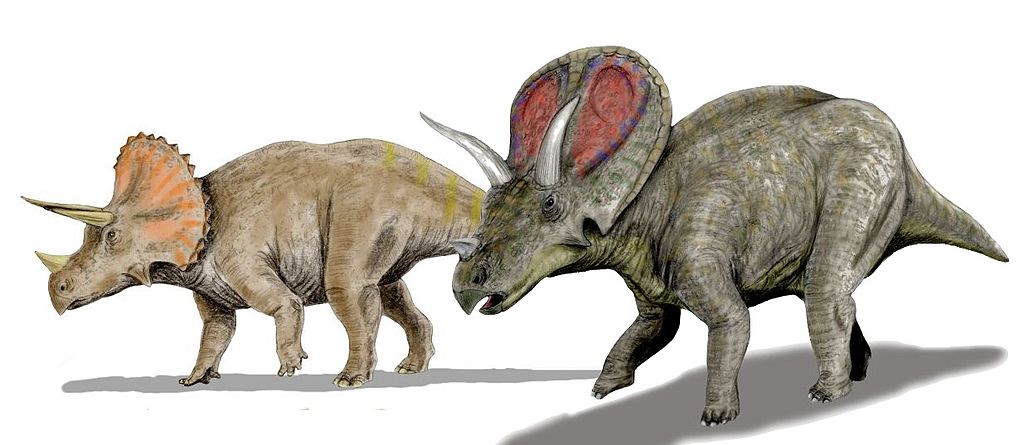
The Triceratops-Torosaurus debate represents one of paleontology’s most fascinating unresolved questions, illustrating both the challenges and the dynamic nature of scientific inquiry. What began as a provocative hypothesis has developed into a complex scientific investigation involving diverse methodologies—from traditional comparative anatomy to cutting-edge histology, statistical analysis, and 3D modeling. While the question remains open, the debate itself has proven tremendously valuable, stimulating new research approaches, more careful examination of existing specimens, and deeper consideration of how growth and development affect dinosaur morphology. Whether future discoveries eventually confirm Triceratops and Torosaurus as separate genera or as growth stages of the same animal, the scientific process has already yielded valuable insights into ceratopsid biology and evolution. This ongoing controversy reminds us that science progresses not only through definitive answers but also through the thoughtful consideration of competing hypotheses in light of available evidence.



